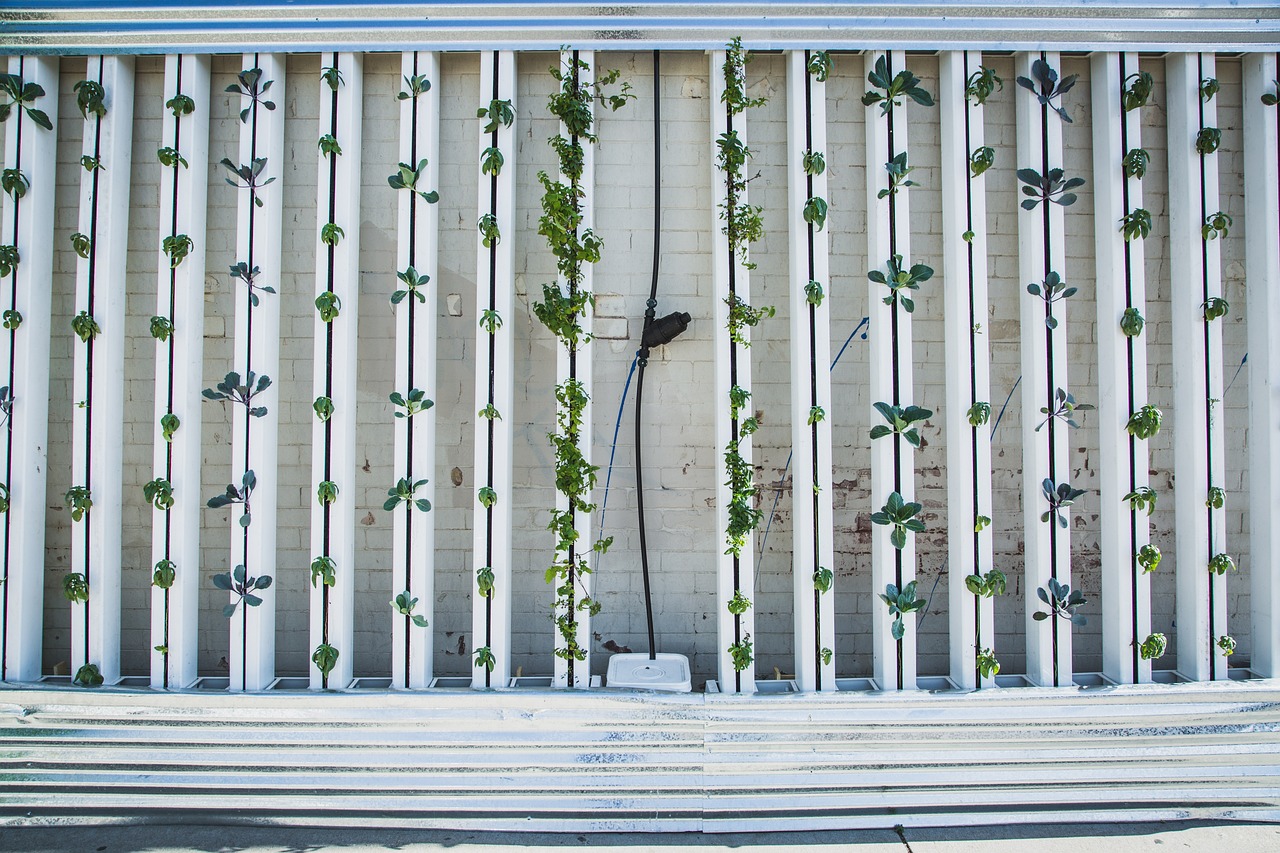
Vocabulary:
- exceed /ik-SEED/
- viable /VAHY-uh-buhl /
- innovation /in-uh-VEY-shuhn/
- recruitment /ri-KROOT-muhnt/
- infancy /IN-fuhn-see/
[verb] – to be greater than a number or amount, or to go past an allowed limit
The company’s profits exceeded expectations for the quarter.
[adjective] – able to work as intended or able to succeed
After testing the new product, the team determined that it was not a viable option for the market.
[noun] – (the use of) a new idea or method
The new technology represents a significant innovation in the field of renewable energy.
[noun] – the process of finding people to work for a company or become a new member of an organization
The company has struggled to find qualified candidates and has decided to invest more in its recruitment efforts.
[noun] – the time when someone is a baby or a very young child
The field of artificial intelligence is still in its infancy and has a lot of room for growth and development.
Article reading:
The concept of vertical farming is not a new one; farmers have been seeking ways to grow more in less space and with less soil for centuries. Vertical farming in the modern sense has been gaining popularity in recent years. One example of this is the vertically-farmed strawberry brand Oishii, based in New Jersey. In 2021, a punnet of its coveted Japanese Omakase strawberries retailed for $50 (£44) in a high-end New York supermarket. This outlandish price is evidence that vertical farming has the potential to rival and ultimately exceed traditional farming in terms of quality, but it also highlights the huge challenge of making vertical farms commercially viable. Despite this challenge, vertical farming has already made significant strides in terms of innovation and efficiency. The Pasona Urban Farm, which opened in the nine-story office of a Japanese recruitment company in 2010, showcased how food can be grown within feet of the people who would eat it.
In conclusion, while vertical farming is still in its infancy and faces significant challenges, it has the potential to revolutionize the way we grow and consume our food. It is a promising solution to the challenges of population growth and food security and could provide a sustainable way of growing food in the future.
Discussion Questions:
- Have you consumed food grown on a vertical farm? If so, how was it? If not, would you like to try it? Why or why not?
- How does it feel to be part of a community that is actively working to promote and adopt vertical farming as a sustainable solution for food production?
- If vertical farming is able to overcome the challenges of commercial viability, what impact could it have on the food industry?
- Do you agree that the cost of vertically farmed produce will decrease?
- In your opinion, can vertical farming truly revolutionize the way we grow and consume food, or is it just a passing trend?
Summarization
Describe:
- method
- concept
- seek
- showcase
- potential